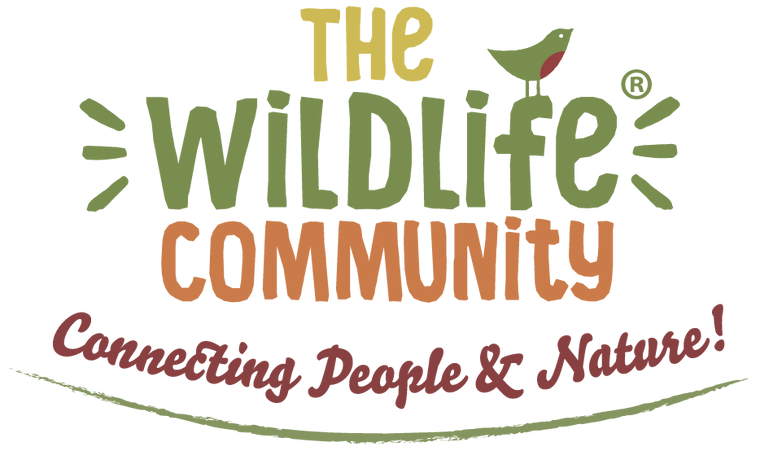
Plastic-free Gardening: 5 sustainable swaps to make in 2024
There are a number of reasons why plastic is so abundant in home gardens, whether it’s in the form of plant pots, gardening tools, labels or other items. Plastic costs very little to produce making it affordable for home gardeners. However, it’s really crucial to know that according to science.org, 79% of all plastic waste that has ever been produced is sitting in landfills or in the natural environment somewhere.
The initial affordability also comes at a price to the consumer over time. Plastic gardening products are sometimes cheaply made, which means that they will have to be replaced more regularly than the same products that have been made with more robust materials. Over the years, you may find yourself spending more money replacing products than if you had spent a little bit more on a higher quality item.
Ready to make the switch? Here are five sustainable swaps to help save you money while saving the environment.

1. Seed trays
Have you noticed how quickly plastic seed trays can become flimsy and break easily? Sometimes it can happen after just a couple of uses.
A rubber seed tray is a great alternative! It’s sturdy while being supple, making it easy to remove seedlings once they’re ready for transplanting. Make sure to look for rubber that is responsibly sourced, as it helps preserve the forest environments where rubber is sourced such as our plastic free rubber seed cells.

2. Seed markers
Plastic seed markers often become lost in the soil once plants start to mature, taking a lifetime to eventually degrade. Either that, or we come across them years later when preparing our beds, but they’re often too dirty or damaged to reuse, so they’re simply thrown away.
Wooden seed markers solve this problem, being made from an entirely natural material. These bamboo labels are perfect for ensuring you know what you have planted where. If you want something brighter, these veggie sticks provide a visual reminder of exactly what’s growing in your patch.

3. Twine
Whether for staking plants or securing trellises, twine is a gardening staple. Instead of plastic-based options, try eco-friendly alternatives like wool.
Providing the farmer uses organic farming practices and has excellent animal welfare standards, wool is one of the most planet-friendly fabric options readily available as a twine alternative, being recyclable, renewable and biodegradable. Try Twools twine, which is available in a range of colours to suit your garden palette on our website.

4. Plant pots
Plant pots are one of the most common forms of plastic in the garden. How many plants have you bought that come in a plastic starter pot? Like plastic seed trays, these pots are often flimsy, and sometimes contribute to the single-use plastic problem.
That being said, moving all of your potted plants into ceramic pots can get very expensive. Instead, try recycled plastic pots, which are often manufactured to last years and can be used again and again, whether in the home, on the balcony or in the garden.

5. Protection netting
Growing plants need protection from pests and harsh weather, but plastic covers have a high carbon footprint. Organic cotton is a great substitute, and much better for the environment than conventionally produced cotton, as it protects soil and waterways by eliminating toxic substances from the production process.
These are five easy swaps that you can make this year to make your garden more eco-friendly! Visit our website for more environmentally friendly products and follow us on social media @thewildlifecommunity and @plasticfreegardening.


